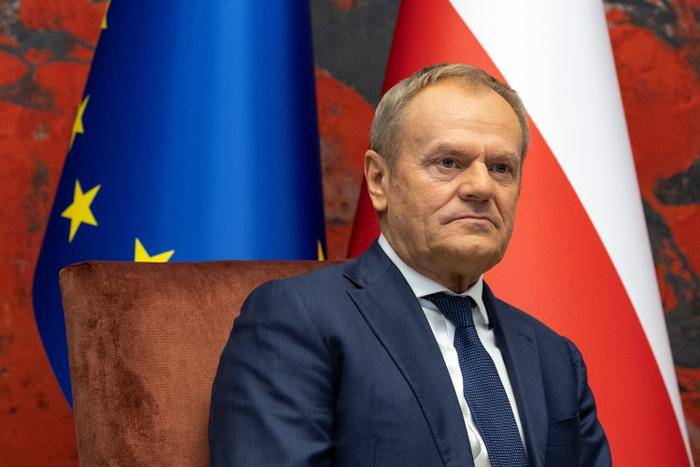Poland Shifts from Emigration to Immigration, Tightening Migration Policy and Regulations
Poland, once a country of emigration, has transformed into a land of immigration, attracting foreigners from the former USSR and Asian countries. However, this shift has led to a tightening of its migration policy. With over 1.8 million people displaced by the war in Ukraine seeking refuge in Poland, the country has seen a significant influx of new residents ¹.
*Migration Policy Changes*
In response to this influx, Poland's government has introduced changes to its migration policy. One key change is the introduction of a Polish language requirement (B1 level) for obtaining a long-term EU resident's residence permit, implemented in 2018 ¹. Additionally, the government has established the Department of Social Integration within the Prime Minister's Office to support the implementation of policies aimed at the social integration of foreigners and Polish citizens ¹.
*Integration Challenges*
Despite these efforts, integration remains a challenge. The Supreme Audit Office (NIK) conducted an audit of Individual Integration Programmes for beneficiaries of international protection, concluding that the social assistance system does not ensure proper integration into society ¹. Many beneficiaries struggle to find permanent employment and often require social assistance after completing integration programs.
*Local Initiatives*
To address these challenges, local authorities have launched initiatives to promote integration. The city of Gdansk has established a Council of Immigrants, providing a platform for migrant representation ¹. Other cities, such as Malopolska, have adopted integration programs, including the "Open Malopolska" program, which aims to promote social inclusion and cultural diversity ¹.
*Funding and Support*
To support integration efforts, Poland has allocated funding from various EU funds, including the Asylum, Migration and Integration Fund (AMIF) and the European Social Fund Plus (ESF+) ¹. Non-profit organizations and local authorities can apply for financing to implement integration projects.
*Statistics*
As of 2023, Poland hosts approximately 402,800 third-country nationals, representing 1.1% of the population ¹. The majority of these individuals come from neighboring countries, such as Ukraine (73%) and Belarus (5%) ¹.
*Conclusion*
Poland's shift from an emigration to an immigration country has led to a tightening of its migration policy. While challenges persist, local initiatives and funding support aim to promote integration and social inclusion. As Poland continues to navigate its new role as a land of immigration, its migration policy will likely evolve to address the needs of its growing foreign resident population.


